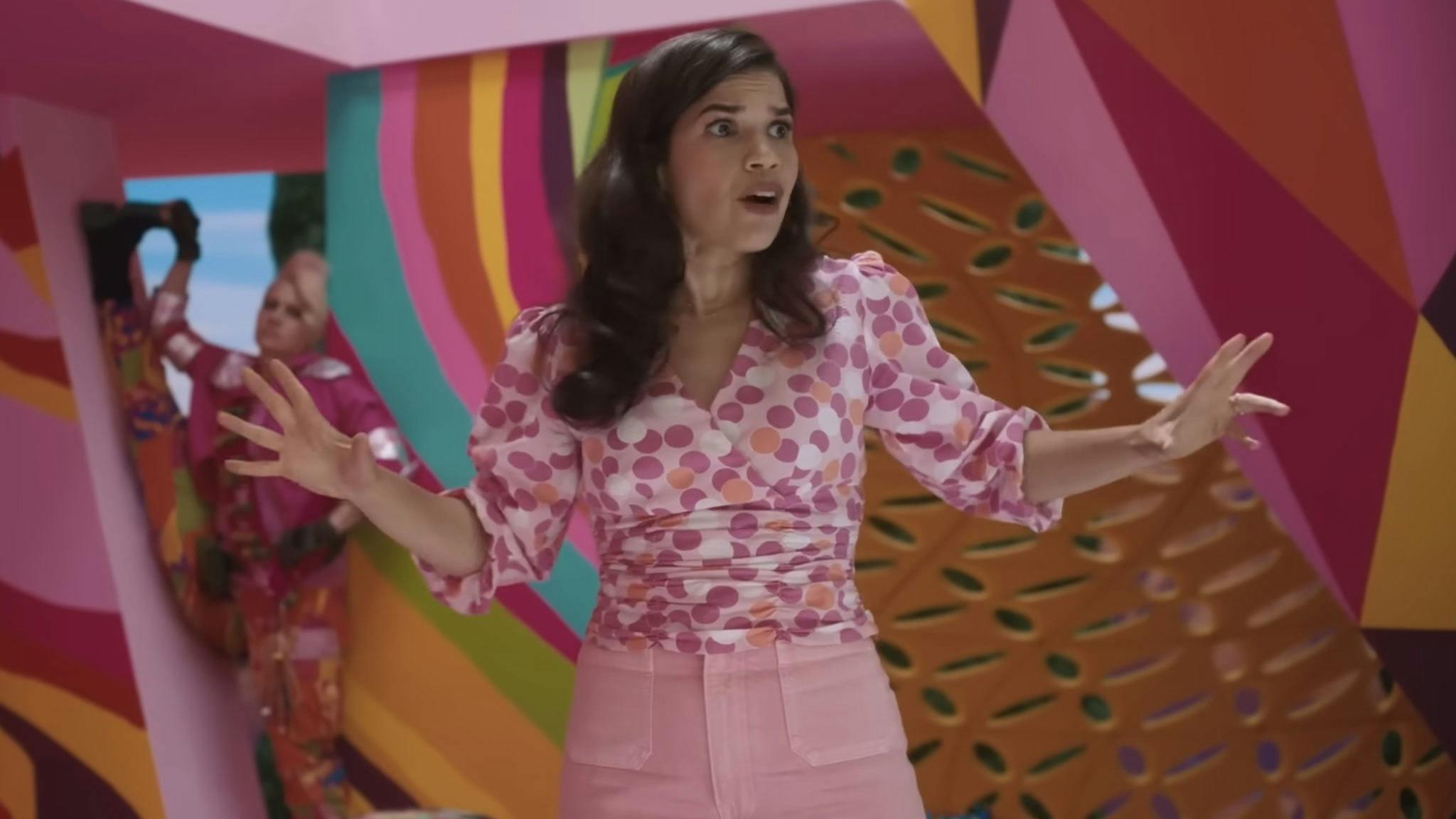Women who put up any kind of resistance are perpetually labelled as ‘crazy’, ‘psycho’, or ‘overreacting’, and these harmful labels and stereotypes often worsen for women of colour. In March last year, Kerrang! joined Nova Twins and Witch Fever In Conversation for International Women’s Day, where this very issue was discussed. “We’d do a performance and people would be like, ‘You’re scary.’ No-one says that to men in bands,” Amy Love shared at the time.
“I read this book called Dangerous Women and it explored how as a white woman I’m totally fine in trying to be the scariest that I can because it’s not a stereotype that’s associated with me,” added Witch Fever’s Amy Walpole. “But women of colour have to deal with that offstage and all the time. If I hadn’t read that book, I’d never consider it a privilege for me to go onstage and be as big and scary as I can be.”
The fight to dispel these damaging beliefs continues. Political and real-life events are triggering more conversation around women’s frustrations. In particular, discussion surrounding bodily autonomy and abortion rights reignited when Roe v. Wade was overturned in the U.S. in June 2022. The late 2010s also saw the resurgence of the #MeToo movement when Hollywood was put under scrutiny in light of the Harvey Weinstein scandal.
Yet among the sexist podcast clips that can often litter your social media feeds, it seems a shift is occurring, and people are noticing that women’s anger is very real, reasonable, and powerful. Years ago, early interactions with female rage on screen or on a page may have been with Stephen King’s Carrie or Susanna Kaysen’s Girl, Interrupted. But there has been a colossal boom in the exploration of female anger, and when you start to really dive into it, you realise that now it is absolutely everywhere – sometimes it’s explosive, and other times it appears quiet and contained.
Some of the most talked about examples of female anger on screen in recent years spring from the films of A24: Mia Goth’s iconic “Please, I’m a star!” from Pearl, Toni Collette’s “Nobody ever admits anything they’ve done!” dinner table rant in Hereditary, or even Florence Pugh’s menacing smile in Midsommar.
You may also think of the likes of Bella Ramsey as Ellie Williams in HBO’s The Last Of Us, as they – quite frankly – smash the absolute shit out of creepy cult leader David, or Aimee Gibbs (Aimee Lou Wood) in Sex Education going ham at a bunch of construction workers for asking her to smile, just after she had attended a funeral. It’s even present in films such as Greta Gerwig’s box-office smash, Barbie, which despite being dressed up as a fluffy pink daydream, consistently attacks modern-day sexism, most potently in America Ferrera’s powerful monologue.
